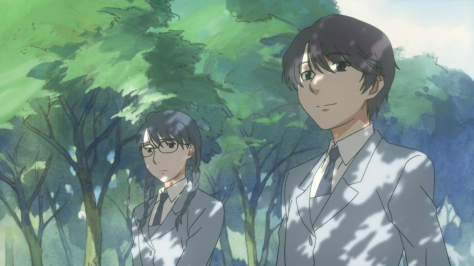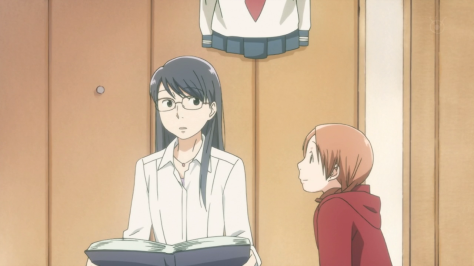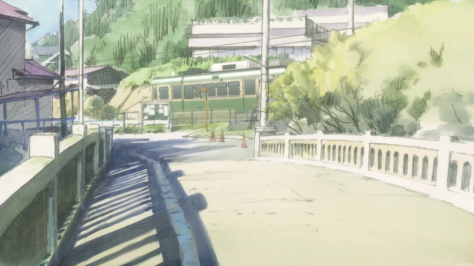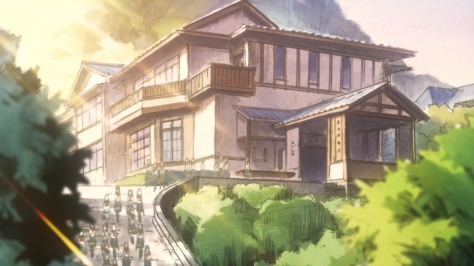Japanese Title: Canaan
Similar: Black Lagoon
Madlax
Noir
Watched in: Japanese & English
Genre: Supernatural Action
Length: 13 episodes
Positives:
- Decent action.
- No glaring detractions.
Negatives:
- Protagonist could be more interesting.
- Some poor understanding of people’s reactions.
(Request an anime for review here.)
Photojournalist Maria and her partner are in Shanghai on the hunt for a juicy story. They happen upon more than they wished for when at a festival a man stumbles about, as if assaulted on all senses, and cries out before his eyes explode with blood. Gunfire rings throughout the festival. Out of nowhere, an old friend called Canaan comes to Maria’s aid. She has been working as a mercenary and is trailing a sinister organisation that intends to release a zombie-like virus. Since they want Maria dead as well, Canaan has no choice in protecting her friend if she is to keep her alive and unmask the enemy.
What we have here is a typical entry in the ‘gun girls’ anime genre, which was rather popular in the noughts (2000s? 00s?) for featuring largely female casts, a brooding protagonist, and many guns. Canaan is no different. Its main differentiating factor is the inclusion of light supernatural powers in several characters. For example, Canaan can combine her senses to give radar capabilities and mechanical hacking thanks to her synaesthesia (not how this condition works, at all, but what do you expect from Type-Moon’s research?) Another woman can kill with the sound of her voice. She has an interesting subplot and is one of the few mute/quiet anime characters that doesn’t come across as flat. The titular character herself could do with more dimension. Canaan lacks that certain something – fun, probably – which makes Revy from Black Lagoon a joy to watch. Her growing relationship with Maria prevents her from being a total bore, and it is a nice change to have a concrete yuri element rather than the vague hints from other gun girl anime.
Canaan does try to get all deep on us with metaphorical dialogue on occasion, which accomplishes nothing but demonstrate why you shouldn’t throw random nonsense into your script. The harm is minimal, in this case. I find the exposition worse, such as the very first line that has a narrator force information for our sakes.
Lastly, the action is equally typical of the genre. Don’t expect the insanity of Black Lagoon and you won’t be disappointed – the powers add a nice dimension. Small incidents will make you question logic, like why anyone would believe automatic gunfire is part of the festival dragon dance. They can see the guns! I think this was an attempt at heightening the action set piece, like adding a fruit stand to a car chase.
Is Canaan still worth it after all this time? It is unremarkable, but not bad either. Fans of the genre will know exactly what they’re in for, while everyone else should look elsewhere.
Art – Medium
Character designs are of the era for more mature series, yet not ‘literary’ mature like Monster. The environments are suitably grungy.
Sound – Medium
The acting is good and I enjoy the ethereal ending song.
Story – Medium
A photojournalist finds herself caught up in a plot to release a virus, but an old friend comes to the rescue. Canaan is one of the better ‘gun girls’ anime thanks to some interesting powers and enough movement in the plot to keep things engaging.
Overall Quality – Medium
Recommendation: For action fans. It’s simple: if you enjoy action with gun-toting women, Canaan is for you.
(Request reviews here. Find out more about the rating system here.)
Awards: (hover over each award to see descriptions; click award for more recipients)
Positive: None
Negative: None


















































